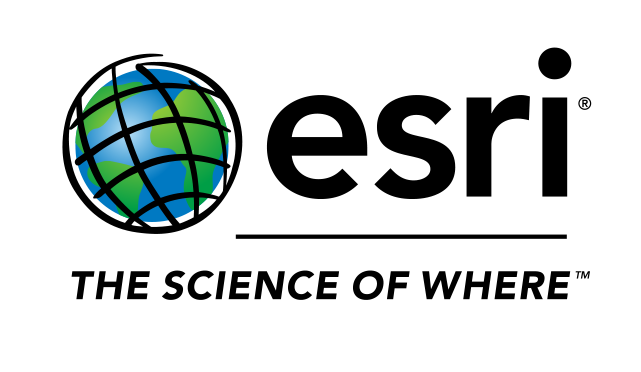The time to change course and modernize how we think about disease surveillance is now. Location has always been a critical foundation for connecting location of outbreaks to the source and spread. Geographic Information Systems (GIS) are critical to an integrated approach to collecting information, analyzing patterns, communicating the results and monitoring progress.
GIS is a powerful technology that can be used for early disease detection and timely response. It can help stakeholders at all levels — local, regional and national — understand disease patterns, share information easily and make data-driven decisions by aggregating and mapping various data sources.
The ability to efficiently visualize and analyze data, such as climate and environmental factors or issues like West Nile, and determine how they affect the spread of the disease, can slow or even prevent an outbreak. To further understand how organizations can use GIS to improve disease surveillance and the health of their communities, GovLoop partnered with Esri, a leader in GIS technology, for this report. This report was informed by Esri health experts and features success stories of governments effectively using GIS for disease surveillance.







